Kodama (and Kodama Duo) — Spirited away
Kodama (and recent two player standalone/sixth player expansion Kodama Duo) are among the cutest of all the small box card games that I’ve played. What these games lack in size and apparent complexity though, they more than make up for with a mix of brain-burning planning, drafting and card placement mechanics.
In Kodama, each player takes charge of developing a single tree, and through foresight and clever use of the table space available, must chain identical symbols across branches to score maximum points.
As a brief note before I get into detail, I’m going to review both Kodama and Kodama Duo in a single review, which means that I may refer to both two and six-player counts, as well as the components in general (which are similar in both products.) It’s worth noting that the base game of Kodama only supports five players and whilst it offers a two-player option, it isn’t as well optimised as Duo’s version is. Duo is designed to offer both a focussed two-player experience and a sixth player expansion for the base game.
With that disclaimer out of the way, let’s get on with it. Set up in Kodama is simple, but the surface you choose to play it on can make a huge amount of different to how players will need to approach it. Each player receives a large “trunk” card that acts as the base of their tree. They will place this card with the roots against the edge of the table, allowing the branches to grow outward and upward toward the other players.
Did I say branches? Yes, I did. The core mechanic in Kodama is drawing cards from a face up market and then placing them onto your trunk or other existing branch cards in such a way that they connect. This involves positioning cards at all kinds of odd angles, but the key rule is that each card can only overlap one other. As the game goes on, this becomes challenging in itself, but that’s before I mention the key thing — branches will only score based on the insects, flowers and features which match those on the previous branch.
The objective then, aside from simply ensuring that your tree flourishes, is to link chains of particular icons from one branch to the next. The longer the run of identical features, the more you will score. Add into this the seasonal decrees (drawn at the beginning of the three rounds) and the special requirements of the Kodama cards that are dealt to you, and you’ll begin to see how your tree needs to take shape in order to score the maximum amount possible.
Kodama is a lightweight card game at heart, but it is unique and different enough that it is capable of transporting players into its own little world, and in general, it’s a lovely place to be. Aside from the cute artwork and the relatively relaxed gameplay, Kodama is also immersive because it uses the table space it is played upon and the components in a way that few other games do. The rules are sort of subjective — is the placement of that last card legal? Well, if it looks and feels right, then it probably is. If you come into Kodama expecting to police the experience with an iron fist, you’re not going to get it.
You might also be forgiven for assuming that Kodama is a kids game, but I wouldn’t necessarily say that it is limited to younger players. The basic, central experience layers in enough ways to score outside of just matching objects that young players will likely lose against players who are able to appraise their scoring options on the fly. Whilst this ensures a satisfying game for adults, you might then assume that it excludes children. On the contrary, Kodama includes a number of specific Sprout cards that replace the basic Kodama deck and feature simplified rules just for children, which I think is a fantastic inclusion.
With no directly confrontational elements and (especially with both Kodama and Kodama Duo) a wide range of play options, Kodama makes for an ideal whole family experience. The Sprout cards enable younger players to enjoy the game without taking too much away from the experience of older players, whilst the base game is challenging yet accessible.
No matter who wins a game of Kodama, each player will find themselves looking down at an expansive and beautiful tree that is entirely their own creation and almost always unique and beautiful. The mixture of soft foliage and bright iconography, along with the gorgeous, characterful Kodama characters make the components a joy to work through and any player who isn’t enthralled by them must have a heart of stone. If I have only one criticism, it’s that Kodama has relatively few tricks up its sleeve to entice older players to spend all night with it, but then again, a relaxing evening without a lot of complex decisions can be a wonderful thing. Recommended
Kodama and Kodama Duo are available for purchase right now, you can find out more about them on their website.
Love board games? Check out our list of the top board games we’ve reviewed.

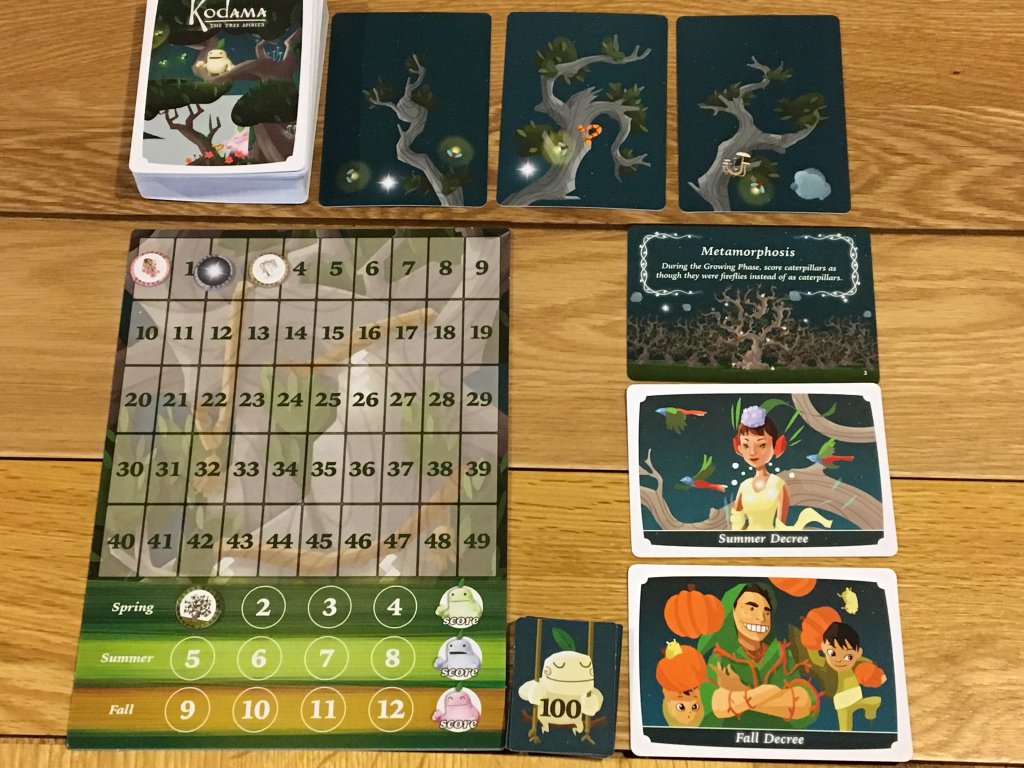
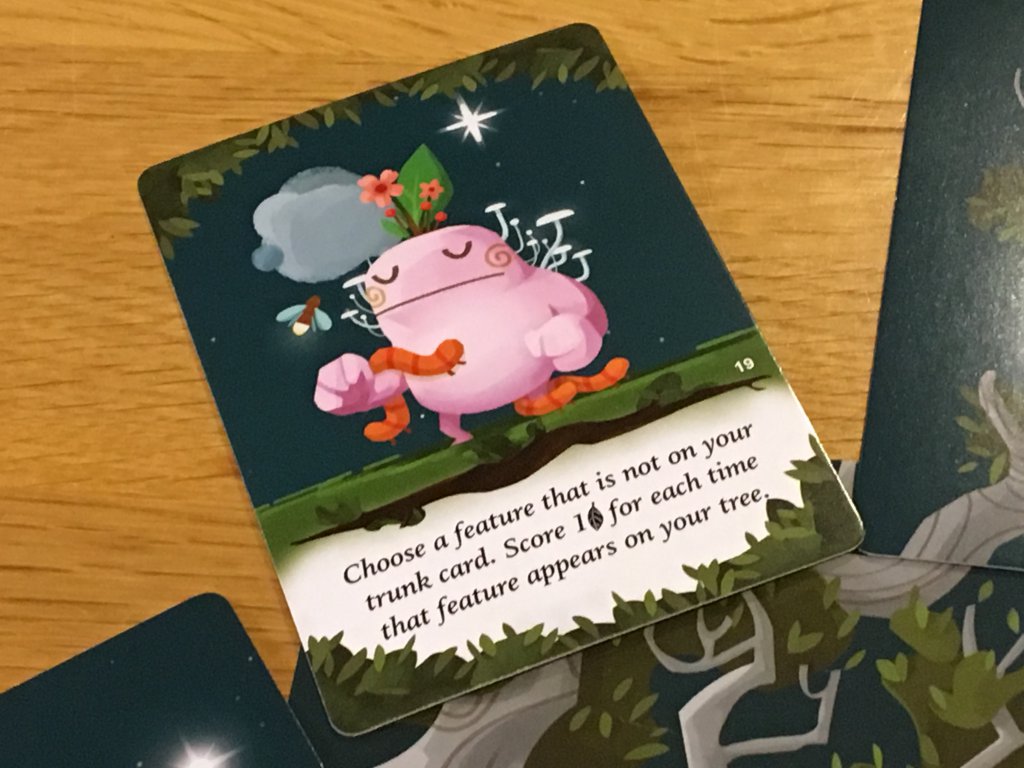
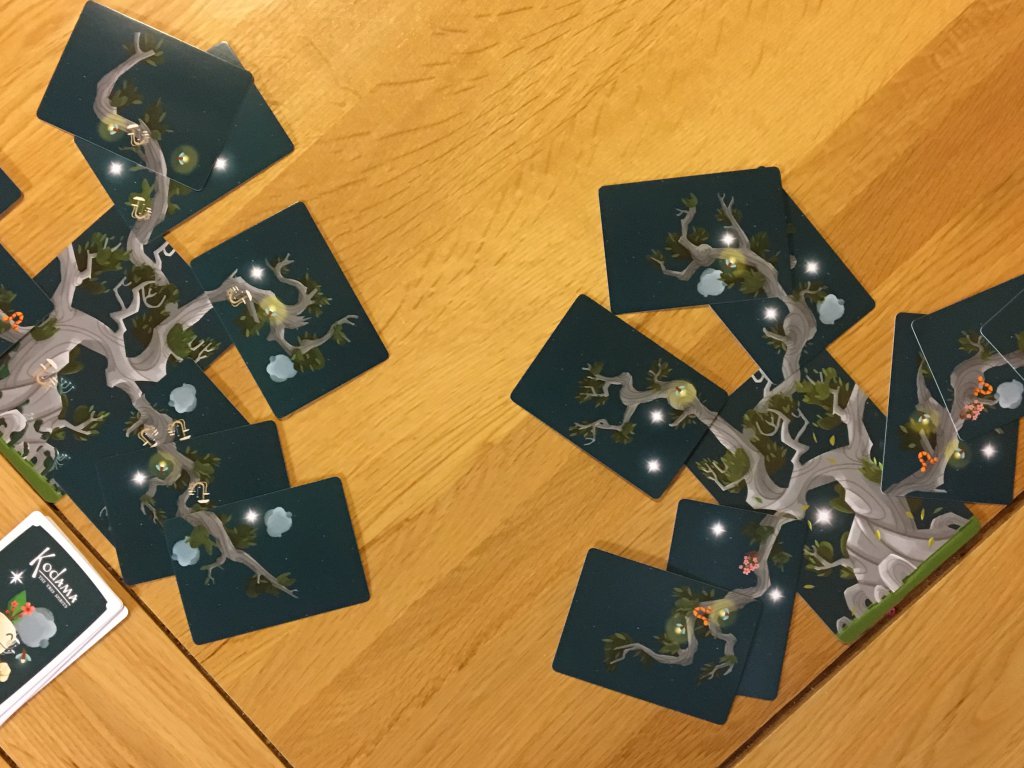
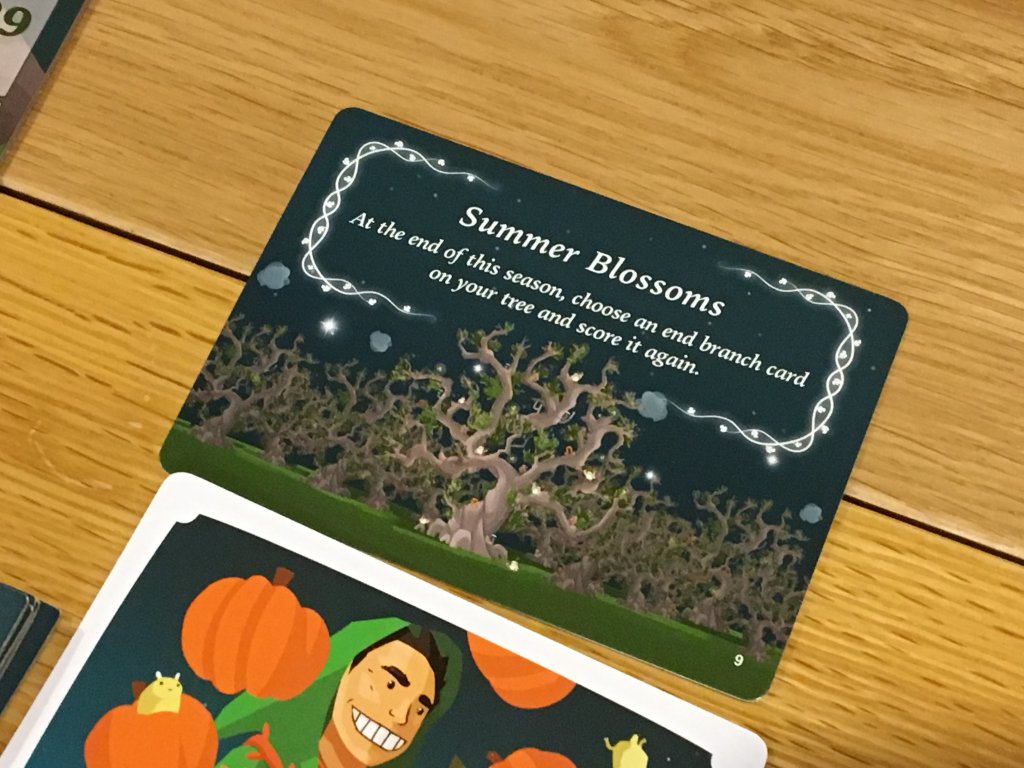
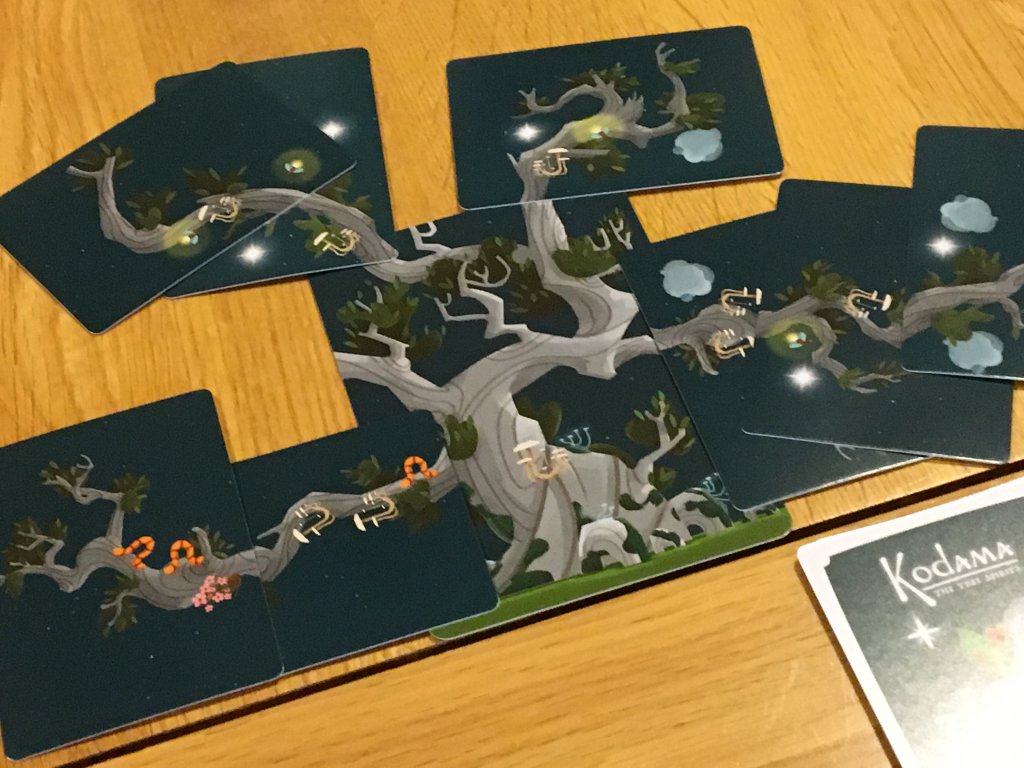
Comments are closed.